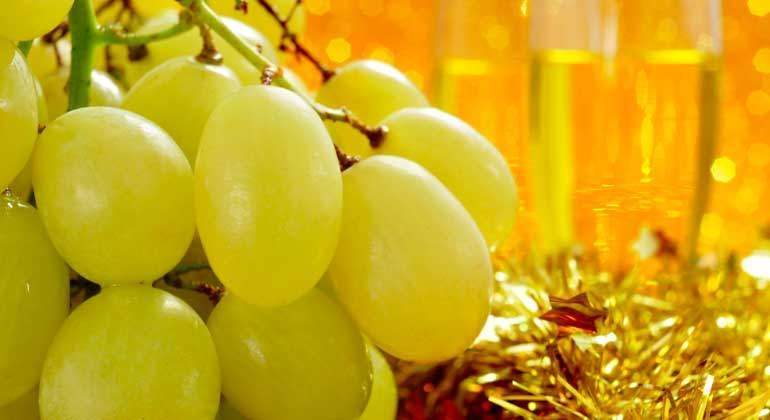Peru led grape exports in the world with a total of 1,753 million dollars in 2023, a year-on-year growth of 35.2%, according to the National Institute of Statistics and Informatics (INEI).
Meanwhile, external sales of this fruit from Chile were US$954 million, a decrease of 48.8% at annual rate.
Grapes have a wide variety of uses, both to produce wine and for direct consumption as fresh fruit, or in the production of juices and concentrates, raisins, vinegar, jams and preserves.
Grape exports
The Peruvian agricultural and livestock sector is dominated by small producers. Approximately 16.8% of Peru’s land area is dedicated to herbaceous production and permanent crops.
Subsistence agriculture predominates and productivity is low due to drainage and salinity problems, although productivity generally increased during the 1990s.
The agricultural and livestock sector in recent years has generally grown at a higher rate than GDP growth.
Peru’s main agricultural products are potatoes, corn, rice, coffee, fruits and vegetables, which together account for 72.5% and 72.7% of agricultural production in 2021 and 2022, respectively.
In particular, the main destinations for grape exports from Peru in 2023 were: the United States (US$846 million), the Netherlands (US$194 million) and Mexico (US$134 million).
Production and consumption
The U.S. Department of Agriculture (USDA) forecasts that grape production in Peru will reach 775,500 metric tons in marketing year 2023/2024 (October-September), up 1% from the previous year.
Domestic consumption of fresh grapes is forecast at 180,000 metric tons in the 2023/2024 season, down 3% compared to the 2022/23 cycle.
Also, USDA projects Peruvian grape exports to reach a record 595,000 tons in the 2023/2024 season, up 2% from the previous year.
The United States will continue to be the main export market for Peruvian grapes.
Grape production in Peru is expected to reach 775,500 tons in the 2023/2024 season (October-September), an increase of 1% over the previous year.

